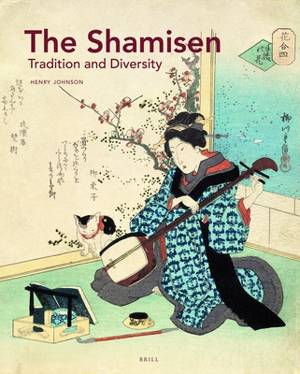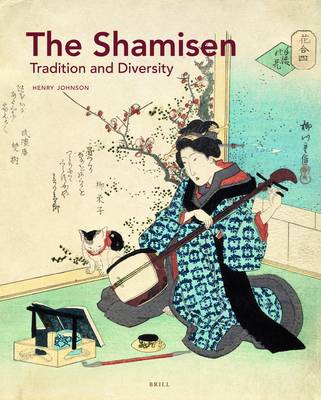
- Afhalen na 1 uur in een winkel met voorraad
- Gratis thuislevering in België vanaf € 30
- Ruim aanbod met 7 miljoen producten
- Afhalen na 1 uur in een winkel met voorraad
- Gratis thuislevering in België vanaf € 30
- Ruim aanbod met 7 miljoen producten
Zoeken
€ 190,95
+ 381 punten
Omschrijving
The shamisen is a traditional Japanese musical instrument. It was introduced to Japan in the mid-sixteenth century via China and the Ryûkyû Islands, and was quickly established as a culturally significant musical instrument in its new context. The instrument - a three-string lute - developed numerous styles of performance and is found as a solo and ensemble instrument in diverse social and cultural contexts. The shamisen is known as an instrument of geisha in the entertainment districts; it is used in kabuki and bunraku theatre; and also has an established place within a wide-range of performance traditions, many of which are depicted in woodblock prints and other art depicting everyday life of the Edo period.
This book, which is based on the author's field research in Japan, is a history of the shamisen. It locates the instrument within its various social and cultural contexts, and includes accompanying illustrations (e.g., woodblock prints, photographs and illustrations) to help show visually the place of the instrument in traditional and modern Japan.
This book, which is based on the author's field research in Japan, is a history of the shamisen. It locates the instrument within its various social and cultural contexts, and includes accompanying illustrations (e.g., woodblock prints, photographs and illustrations) to help show visually the place of the instrument in traditional and modern Japan.
Specificaties
Betrokkenen
- Auteur(s):
- Uitgeverij:
Inhoud
- Aantal bladzijden:
- 145
- Taal:
- Engels
Eigenschappen
- Productcode (EAN):
- 9789004181373
- Verschijningsdatum:
- 7/12/2009
- Uitvoering:
- Hardcover
- Formaat:
- Genaaid
- Afmetingen:
- 221 mm x 272 mm
- Gewicht:
- 657 g

Alleen bij Standaard Boekhandel
+ 381 punten op je klantenkaart van Standaard Boekhandel
Beoordelingen
We publiceren alleen reviews die voldoen aan de voorwaarden voor reviews. Bekijk onze voorwaarden voor reviews.











